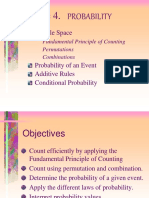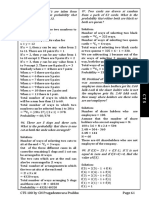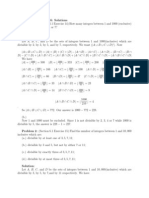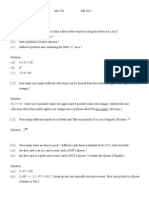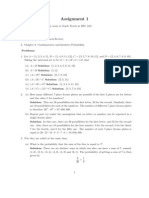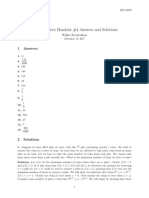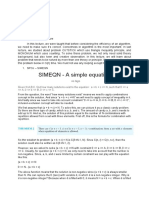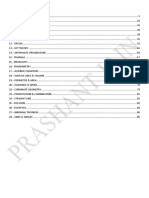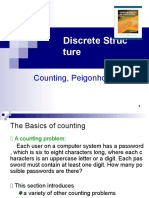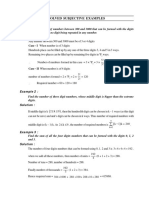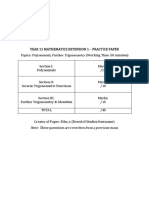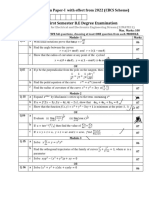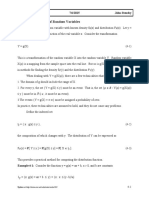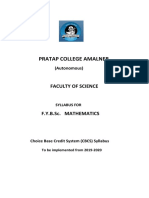0% found this document useful (0 votes)
79 views15 pagesNSAT Interview Questions
The document provides a set of interview preparation questions for the 2025 NSAT, including 20 sample questions across various mathematical topics such as differentiation, probability, combinatorics, and functions. Each question is followed by a detailed solution, demonstrating the methods and calculations required to arrive at the answers. The content is designed to help candidates practice and enhance their problem-solving skills in preparation for personal interviews.
Uploaded by
nikhilvashishtha19Copyright
© © All Rights Reserved
We take content rights seriously. If you suspect this is your content, claim it here.
Available Formats
Download as PDF, TXT or read online on Scribd
0% found this document useful (0 votes)
79 views15 pagesNSAT Interview Questions
The document provides a set of interview preparation questions for the 2025 NSAT, including 20 sample questions across various mathematical topics such as differentiation, probability, combinatorics, and functions. Each question is followed by a detailed solution, demonstrating the methods and calculations required to arrive at the answers. The content is designed to help candidates practice and enhance their problem-solving skills in preparation for personal interviews.
Uploaded by
nikhilvashishtha19Copyright
© © All Rights Reserved
We take content rights seriously. If you suspect this is your content, claim it here.
Available Formats
Download as PDF, TXT or read online on Scribd
/ 15




